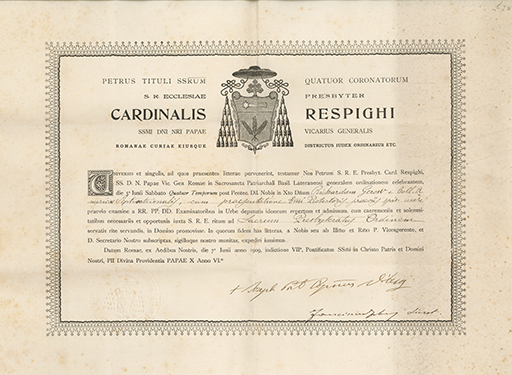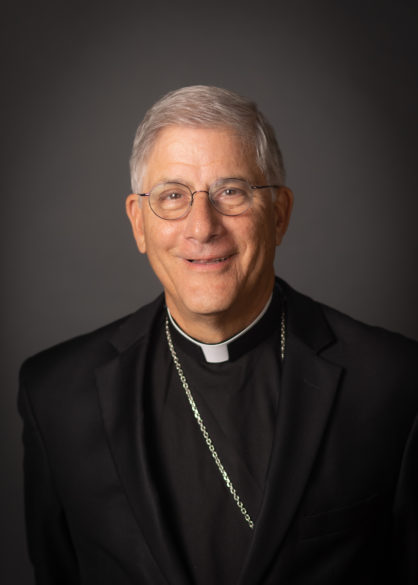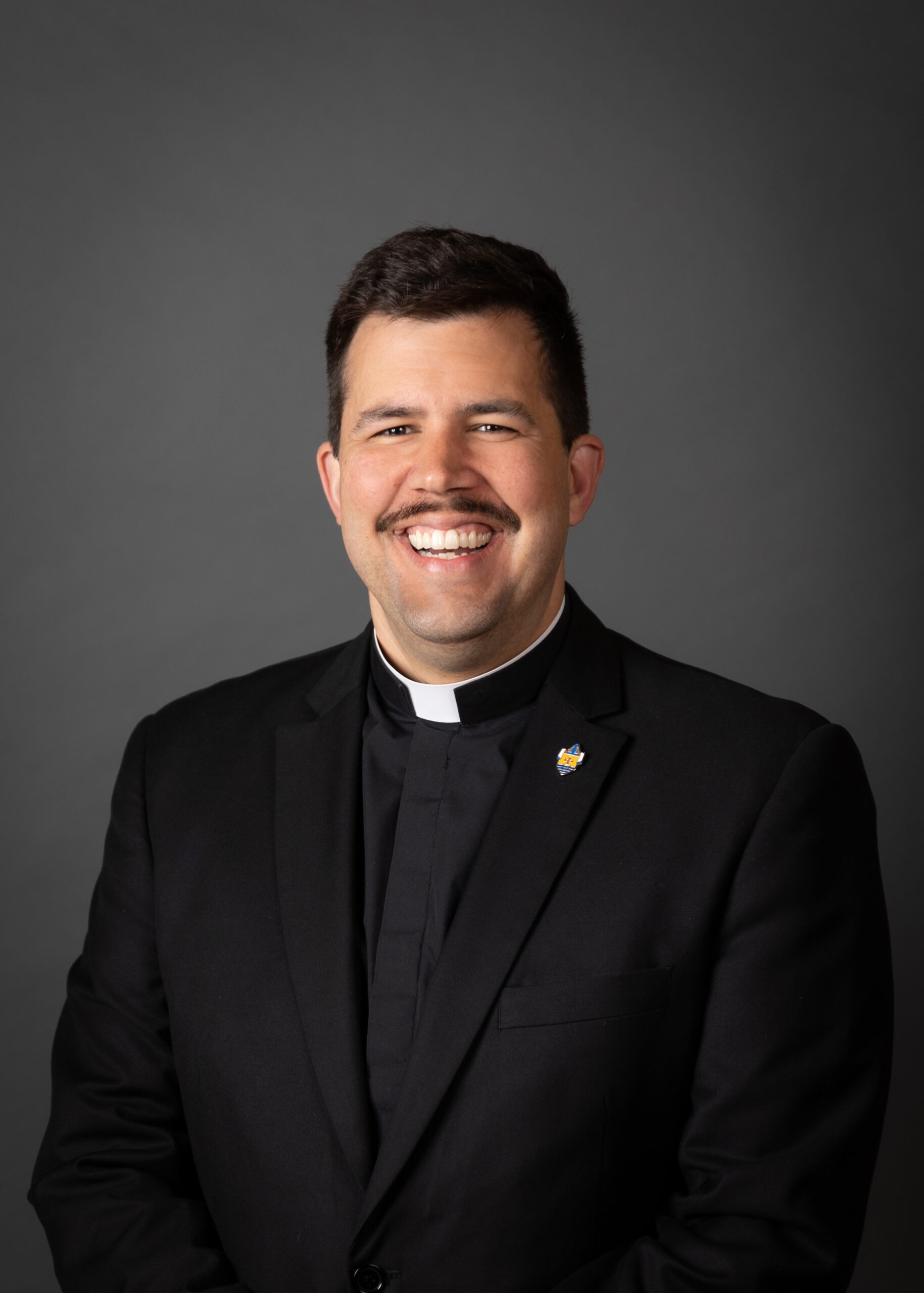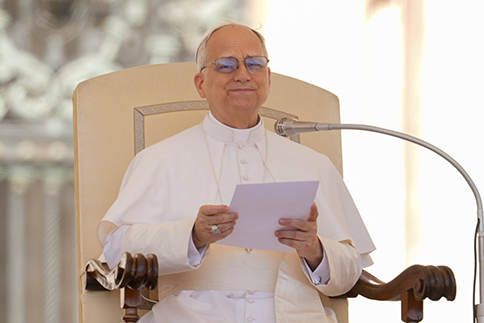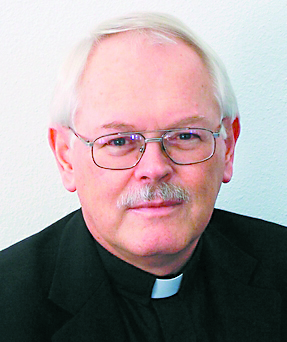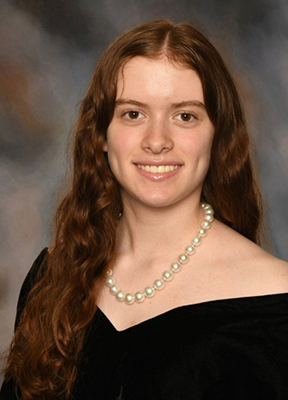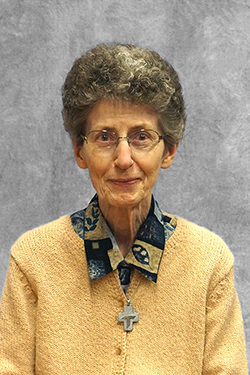At a place often defined by steel bars and silence, a different kind of transformation is taking place – one built on hope, faith and the enduring light of Christ. Michael Shaw, an inmate and the first officially recognized “Catholic Minister” within his facility, is helping lead that transformation through his involvement in Prison Ministry alongside Father Lincoln Dall.
“I began attending Mass with Father Lincoln back in 2017,” Shaw recalled. “At the time, we were lucky to be allowed to attend twice a month. The calendar often changed due to guard shortages, but for us, that calendar was a flicker of flame leading us out of the darkness – if only for an hour a week. What an incredible hour that was. Through our darkness shines the light of the Lord.”
The onset of the COVID-19 pandemic brought an even deeper understanding of what faith and community meant to Shaw and his fellow inmates. “When we were not able to have Mass, I truly understood the gravity of that darkness,” he said. “Jesus is the only light we have inside these cold and desolate walls, and Father Lincoln was the lightbulb for the true light of Jesus.”
“I no longer just attend Mass,” he shared. “We are now an official church. That title – St. Michael – means the world to us.”
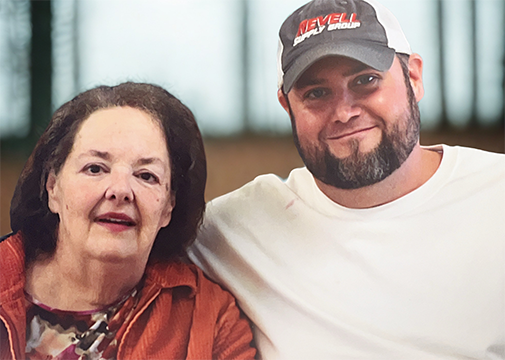
Shaw’s ministry extends far beyond his own personal faith journey. He has mentored dozens of men through RCIA, confirmation and baptism – earning the affectionate title of “Godfather” to many. “I often receive random notes and letters thanking me for what I’ve done,” he said. “These men have become my strength. Prison Ministry has given me a chance to help others, and that has been a gift.”
The Catholic Service Appeal (CSA) has played a vital role in supporting Shaw’s mission. Its donors help fund the programs that make these spiritual transformations possible. Shaw offered both his gratitude and a heartfelt plea.
“To those who have given to the Catholic Service Appeal – thank you,” he said. “You have played a massive role in actively changing the lives and hearts of so many men. Because of your support, we now have over 500 men participating in Catholic-based programs. You’ve helped create opportunities for lost men to feel the love of Christ – and feel found again.”
With continued support, Shaw hopes to reach even more men with the message of hope and healing.
“Thank you for the opportunity you’ve given us,” he added. “And to anyone considering giving to the CSA – know that your gift truly brings the light of Christ into the darkest of places.”



